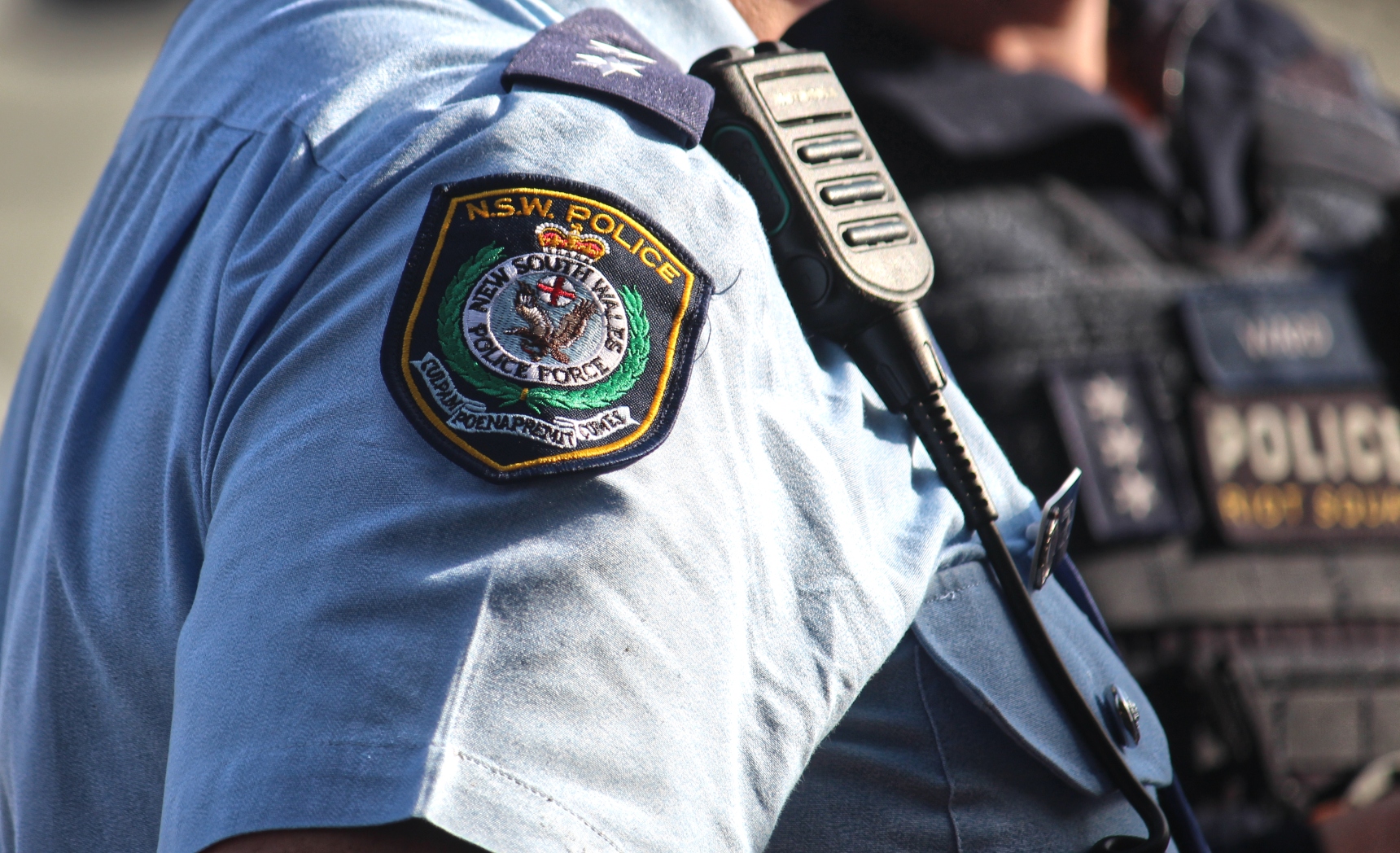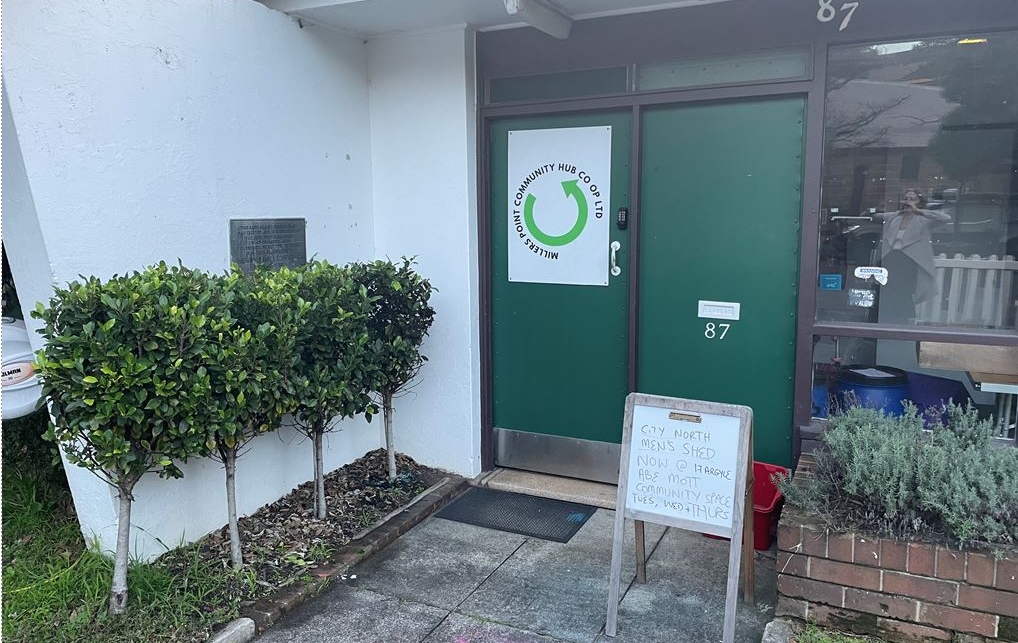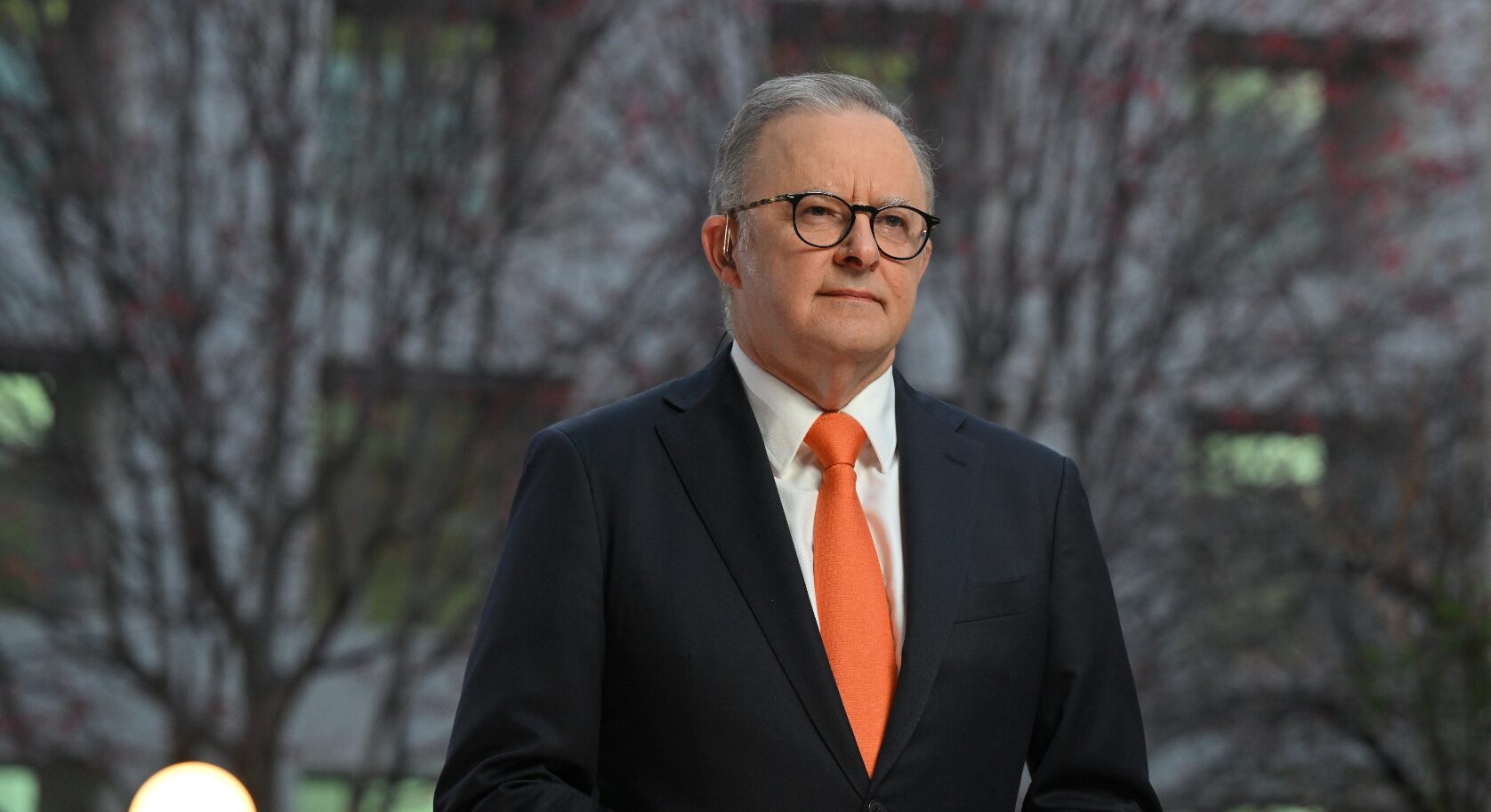

by ABHA HAVAL
With only a day to go to vote for the Voice to Parliament referendum, there has been steady backlash from the voters who don’t want to see First Nations peoples have a place in Parliament.
Research so far suggests that the ‘No’ campaign has been largely influenced by misinformation in the community regarding what the Voice entails, how it constitutes legally, and how will it affect Australia’s population.
Critics have highlighted a need to counter the misinformation circulating in multicultural communities, who show various levels of literacy and understanding of the Indigenous Voice.
Scientia Professor George Williams, a legal expert from the University of New South Wales (UNSW), highlights key considerations for supporting the ‘Yes’ campaign in the upcoming referendum, with recognition being the most significant.
Prof. Williams told City Hub that there has been serious misinformation regarding the Voice to Parliament, particularly as voting day approaches.
“There has been an enormous amount of false information spread on social media and other forums,” he said.
“This has no doubt confused and worried people, especially since most Australians lack the constitutional knowledge to separate fact from fiction.”
With the mass of misinformation being spread online and limited official translations of the ‘yes’ and ‘no’ campaigns, multicultural communities are especially prone to receiving false messages.
According to recent research by The Conversation, the debate has garnered little attention in the Chinese community, which makes up about 5.5% of the total population.
Using a tool to survey public posts and comments on WeChat, a popular Chinese messaging app, the research found that the ‘no’ campaign has gained far more traction than ‘yes.’
The false information has been dominating the online community, particularly the conservative voices in the community along with right-wing political rhetorics resonating the ‘No’ campaign rather largely than the ‘Yes’ campaign.
Experts collected and analysed 339 comments, of which 98.5 per cent were by ‘no’ voters, and only 5 comments supporting the ‘yes’ campaign.
Amongst the concerns of the ‘no’ campaigners on WeChat were fears that the Voice would somehow disempower the Chinese Australian community.
Members of the community also expressed concerns including the “perception of increase in tax due to ‘Labor’s leftist politics’, skepticism towards the Albanese government, fear that the Voice could lead to ‘racial divide’ and ‘apartheid’ in Australia, and conspiracy theories associated with white supremacy ideologies,” according to The Conversation’s research.
Prof. Williams ascertains that credible information on the Voice referendum is available to public seeking to know more about the referendum.
“Misinformation has been highly influential in the past referendums, and it is likely that it will also be the case this time.”
“The information is available but people are not actively seeking it out. They are responding to the heated political debate without often seeking out their own sources of information,” he said.









